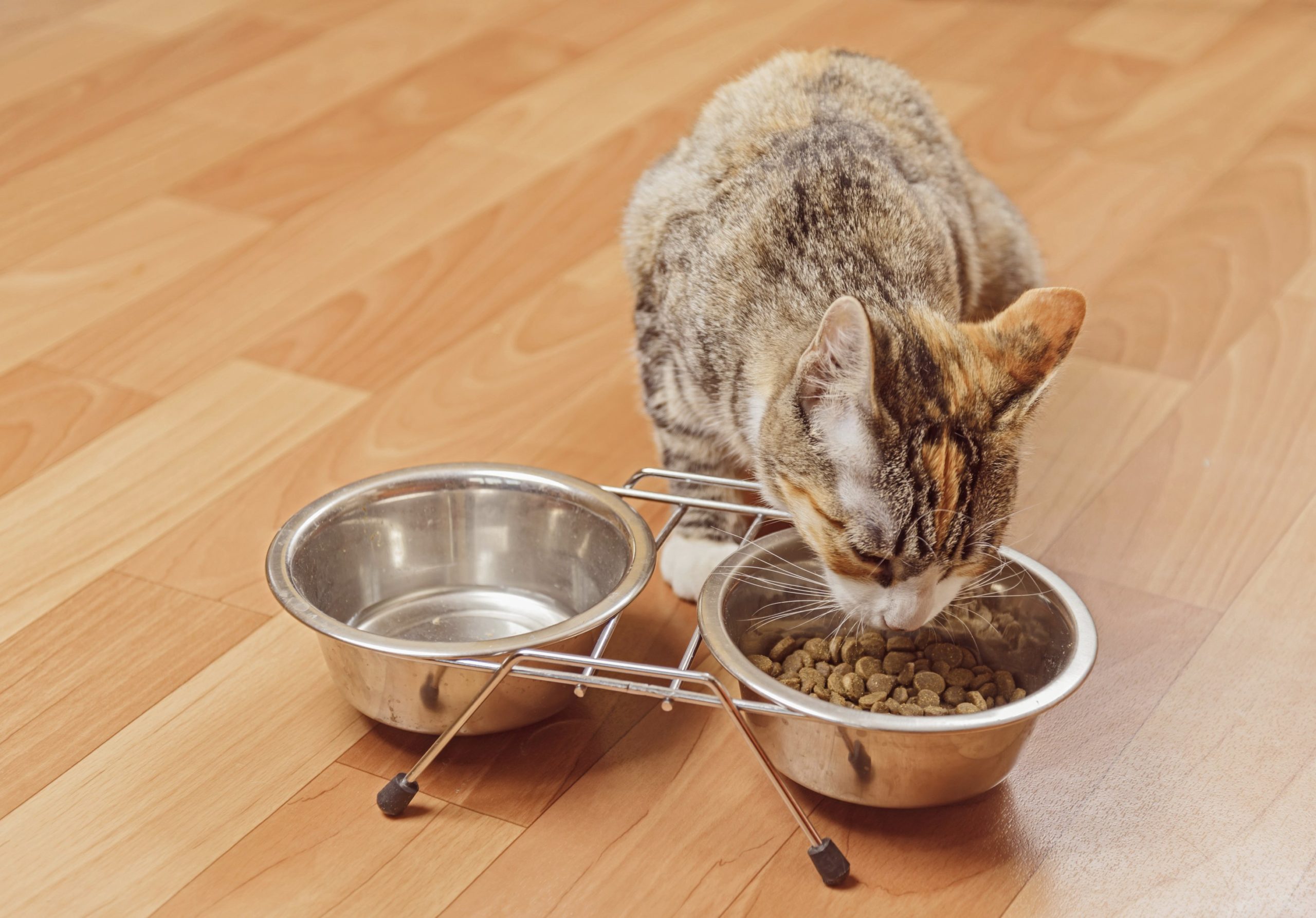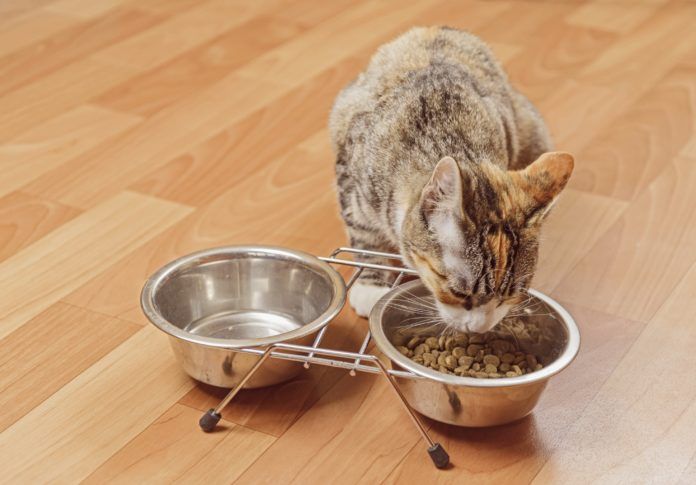Concussions in cats: possible?
Q We live in a rural community, and have a couple of indoor-only cats, in addition to a few barn cats out back (we tried to bring them inside when they were kittens, but they were very unhappy with that lifestyle).
One of them — an adult male named Grey, who is by far the least socialized of the group — fell from a tree last month and kept his distance for a while. Now, he seems fine. My question is: Is it possible for a cat to suffer a concussion? And if this happens again, what would be the best course of action?
Adelaide Alfonse
A Dear Adelaide: Like humans, cats that suffer impact injuries to the head can suffer concussions. However, as you no doubt know, cats that fall from heights are extraordinarily good at reflexively righting themselves in midair and landing on their feet. So, while it is unlikely that Grey had a concussion, he may have suffered some other injury in the fall, or the fall may have unnerved him enough that he became reclusive for a while — the first instinct of injured or sick cats often is to hide. The bottom line is that I don’t think there are any specific steps you need to take. Thank you for your concern.
John Berg, DVM, DACVS
Professor of Small Animal Surgery
Cummings School of
Veterinary Medicine
at Tufts University
Separating cats due to a move
Q An interesting article appeared in the July 2014 issue of Catnip entitled, “Cats and Divorce: Making Good Decisions.” I would appreciate any further input or references any of your staff could provide for an immediate problem.
In the article, it is stated that, “Most cats appreciate specific schedules and staying in the same place, so a cat may actually be more attached to her familiar surroundings than to her caretakers.”
The situation involves a brother and sister Siamese pair, adopted together at eight months. Recently, they celebrated their fourth birthday. The sister seems more bonded with a female roommate, who is about to move (by car) from the New York to Florida.
The brother cat, who is much more outgoing, seems more bonded with the male roommate, who is staying in the same apartment at which both cats have been living since adoption.
The problem is that the female roommate who is moving away is very attached to the sister cat and wants to take her on the long move; the male roommate (who has paid for all of their care and is emotionally attached to both of them), is very concerned about how the cats will react to being separated forever — especially the more timid female cat being separated from her brother (the brother seems like he’d be more resilient to change).
I would really appreciate any advice that could help ameliorate this very difficult decision on behalf of the humans and the cats. They both want what is best for the kitties.
Samuel Kaye
A Dear Samuel: The answer to your question depends on how attached the sister cat is to the female roommate versus her sibling. Typically, siblings are usually very close having grown up together and having always shared each other’s company. Clearly, the sister cat would prefer to have both female owner and its sibling around forever — but that does not appear to be an option. One of them is going to be out of this cat’s life for good. Which one of them might the cat prefer to be with? That’s hard to say.
If the female owner takes the sister cat with her, there will be two stressors affecting that cat: loss of her sibling plus a geographical move. That double whammy might precipitate an anxiety disorder like psychogenic alopecia (a.k.a. hair stripping to the point of baldness).
Another consideration is the stress the remaining brother cat might experience being separated from his sister. In balance — and putting the cats first — I think the sibs would prefer to remain together in the same familiar environment. That way there is only one loss for the sister cat to experience — loss of the female owner — and no stress for the brother cat, who remains with his favorite owner and sibling.
Unfortunately, the one who comes out worst in this scenario is the departing female owner who loses a relationship, her current home and her favorite cat.
Nicholas Dodman, BVMS
Animal Behavior Clinic Director
Cummings School
of Veterinary Medicine
at Tufts University
Feline acne and plastic bowls
Q As a cat owner for almost 45 years, I wish to contribute something to your September 2014 issue of Catnip regarding “feline acne” in the Dear Doctor column.
I was surprised to see that the answer didn’t address the issue of plastic feeding bowls. Through personal experience, I had several cats in the 1980s that developed breakouts on their chins. When I discontinued the use of plastic feeding and water bowls — and switched to glass bowls — the acne cleared up in just a few weeks. I have not had an episode of acne in any of my cats since that change.
THINKSTOCK

Cat-owning friends had the same experience when they stopped using plastic bowls. I believe it’s the constant rubbing of the chin on the edge of the plastic that causes the irritation that results in the breakouts.
I thought you might want to share this tip with your readers. Thank you for a superb and informative newsletter.
Marie Binkowski
A Dear Marie: Thanks for sharing your experience with us. The etiopathogenesis of feline acne is not understood. Poor grooming habits, an underlying seborrheic predisposition, stress and secondary infections are considered the most likely causes. Plastic feeding and water bowls have frequently been blamed as triggers of feline acne. However, an allergic reaction to plastic has never been proven.
Some veterinarians consider that plastic bowls — because they are porous — could trap bacteria and therefore facilitate the development of acne. This makes sense, but again this has never been proven.
In general, it is highly recommended to use clean bowls, and clean water. Poor hygiene is clearly a factor in feline acne. Using clean glass bowls and clean water is a very good measure to help control — and prevent — feline acne.
Lluis Ferrer, DVM, PhD, DECVD
Professor of
Veterinary Dermatology
Cummings School
of Veterinary Medicine
at Tufts University




